The question that beguiles almost every film fan, from the obsessive cineast to the casual enthusiast, is the simplest one: What should I watch next? Endless carousels on streaming services that feature very little of note don’t provide much help. As a way to avoid decision paralysis, I always have at least one movie-viewing project going, a way to check boxes and spur myself toward new things to explore—be it running through an influential director’s filmography, checking out the cinema of a particular country or era, or going one by one through a long-running series.
Plenty of obvious candidates exist for these kinds of efforts, such as the diverse works of Stanley Kubrick or the films considered part of the French New Wave. But I’ve identified 12 collections that feel a little more idiosyncratic—more varied, and somewhat harder to find. They’re ordered by how daunting they may seem based on the number of entries involved. The list starts with a simple trilogy of masterpieces and ends with a century-spanning challenge that only the nerdiest viewers are likely to undertake.

The defining work of the director Satyajit Ray’s long career, The Apu Trilogy, played a significant role in bringing international attention to Indian cinema. But the films, released in the late ’50s, also marked a seminal moment in multipart cinematic storytelling. Ray fashioned a bildungsroman that charts the childhood, adolescence, and adulthood of Apu, a boy who moves from rural Bengal to Calcutta, as his country dramatically changes in the early 20th century. The director’s style is careful, poetic, and light on melodrama, but he involves the viewer so intimately in Apu’s world that every major development hits with devastating force. The Apu Trilogy sits on every canonical-movie syllabus and has had obvious influence on filmmakers around the world, but this is not some homework assignment to get through; each of these films is sweet, relatable, and engrossing. As a bonus, check out The Music Room, which helped further bolster Ray’s reputation around the same time.
Where to start: The three films in the trilogy, Pather Panchali, Aparajito, and The World of Apu, are available to stream on the Criterion Channel, Kanopy, and Max.

The Iranian filmmaker Abbas Kiarostami was always somewhat dismissive of the notion that these three movies were linked beyond their setting: the village of Koker, in northern Iran. But in addition to establishing Kiarostami as a globally recognized artist (and possibly his nation’s greatest director), the works conjure a beguiling magic when viewed in order of release. The first, Where Is the Friend’s House?, follows a grade-schooler who tries to find a schoolmate’s home in rural Iran. The second, And Life Goes On, dramatizes the director’s efforts to locate the actors involved with the prior movie after a devastating earthquake, and the third, Through the Olive Trees, revolves around the making of a small scene in the second. Together, they illustrate how Kiarostami blended fact and fiction, cinematic tricks and reality, as he examined the complexity of existence. Afterward, watch the wonderful drama Taste of Cherry, which the filmmaker considered to be an unofficial follow-up to the trilogy.
Where to start: All three of the Koker films and Taste of Cherry are available to stream on the Criterion Channel.
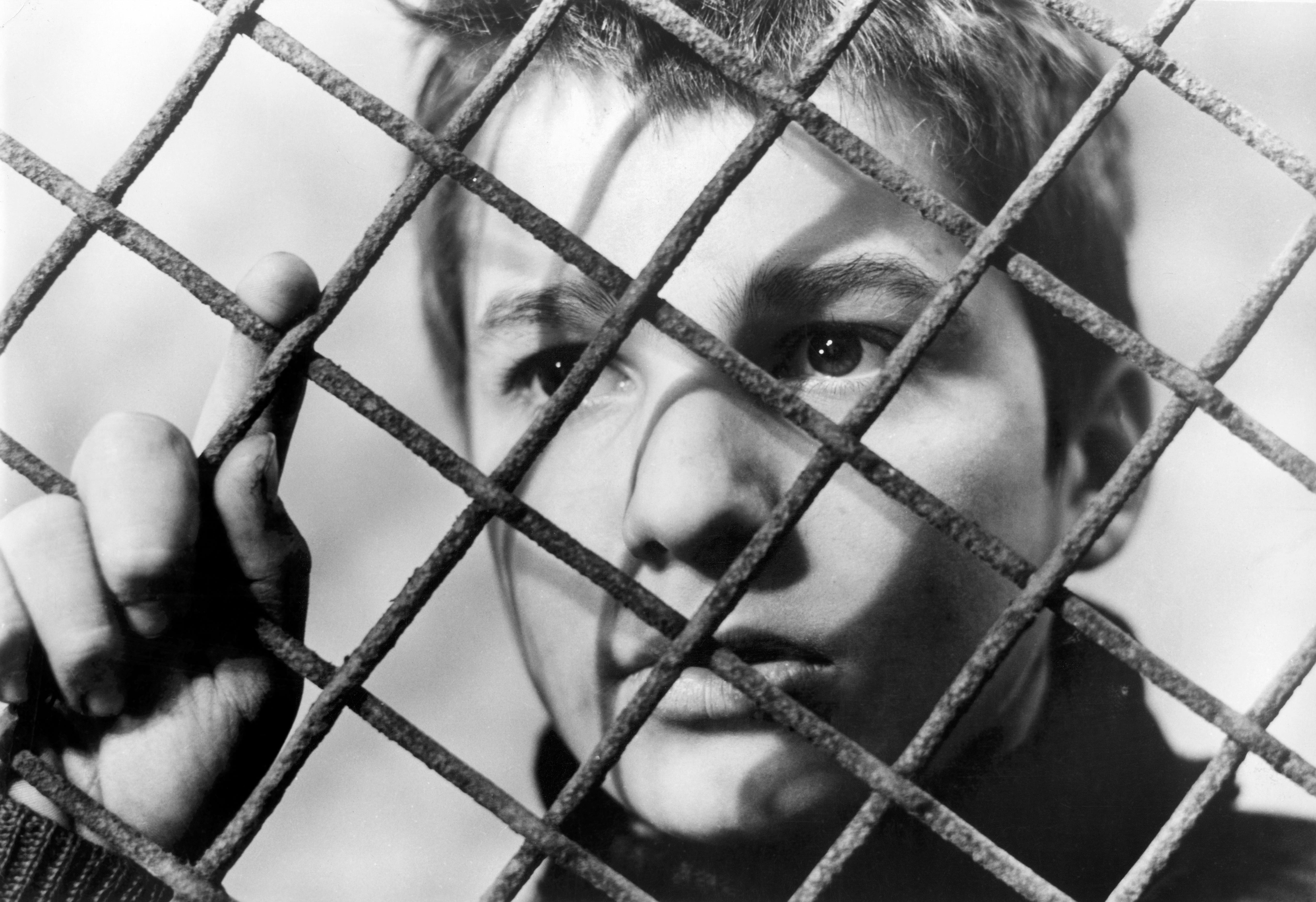
François Truffaut’s Antoine Doinel films have much in common with The Apu Trilogy: They’re stunning coming-of-age tales about a boy. But unlike Ray’s movies (which were made over the course of four years), Truffaut’s series starred the same actor (Jean-Pierre Léaud) over the course of two decades. The five installments chart a young Parisian’s life as he grows from a rebellious teenager to a lovesick 20-something, married 30-something, and divorced 40-something. The saga is ambitious but lovely, and a great way to experience Truffaut’s own growth as a director. He began as a rebel voice in the French New Wave, and went on to become one of the country’s most revered artists.
Where to start: The entire series, beginning with The 400 Blows, is available to stream on the Criterion Channel.
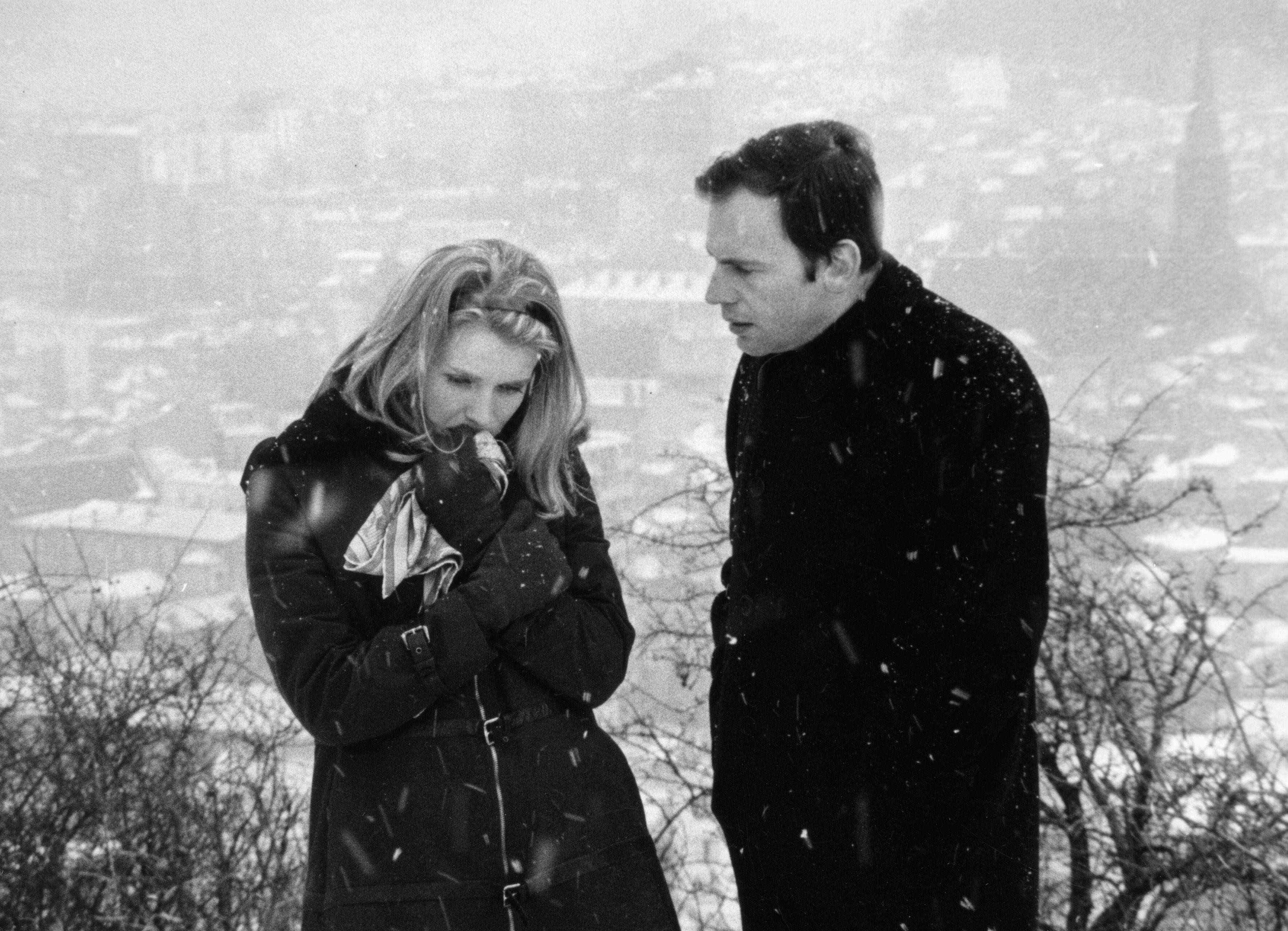
Another titan of the French New Wave, the director Éric Rohmer, has an intimidating (but wonderful) filmography dotted with various thematically linked stories. His most famous project is known as Six Moral Tales: a group of works produced over a nine-year period beginning in the early ’60s. The entries each deal with complex, quiet crises of romance and temptation, always told with different characters and with evolving style. While they’re often quite meditative and low on action, the tension of each unresolved choice, the flirtatious energy, and the gorgeous vacation settings make them perfect summer viewing.
Where to start: The series begins with the short film The Bakery Girl of Monceau; all six movies, including the outstanding My Night at Maud’s and Claire’s Knee, are streaming on the Criterion Channel.
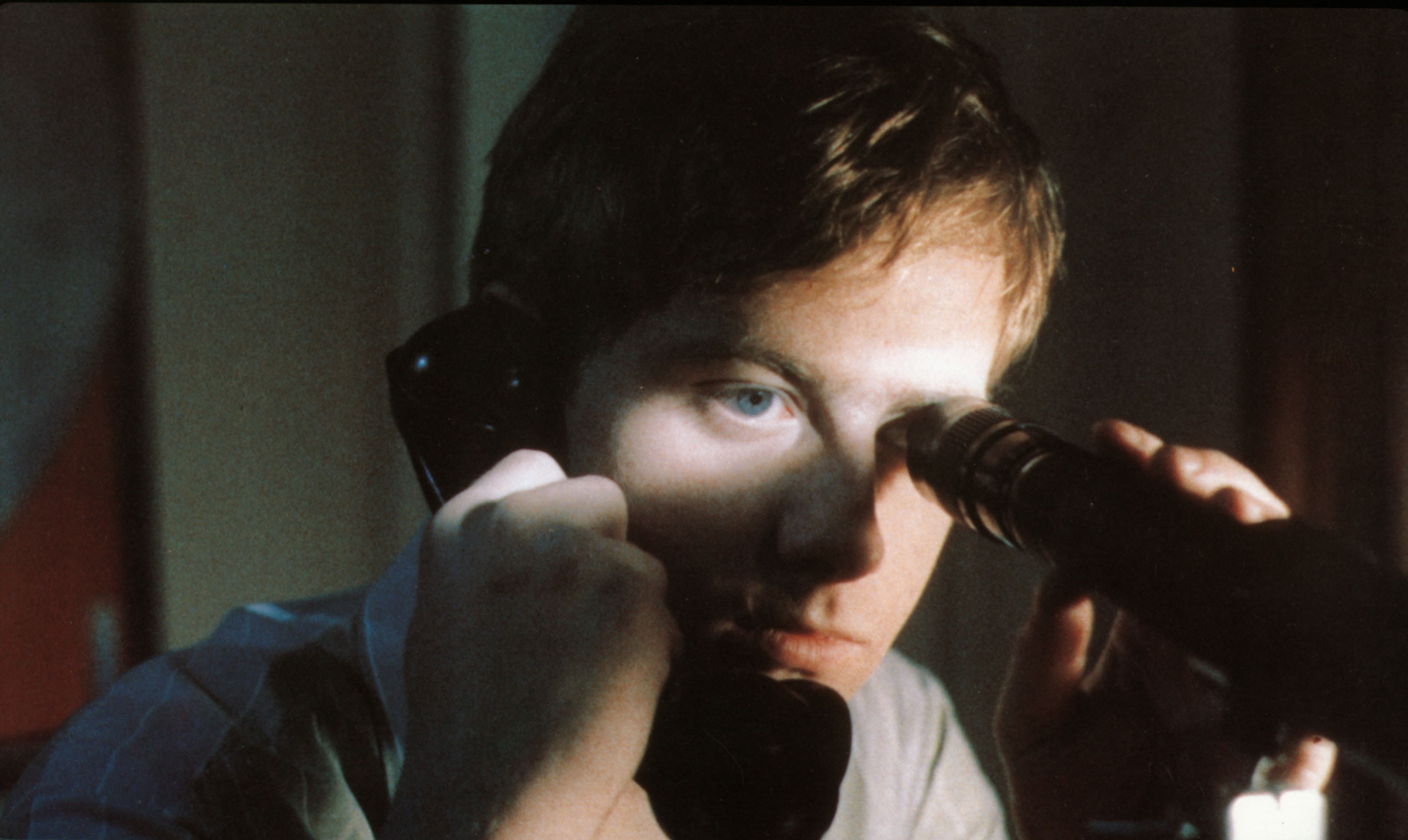
It’s clear from watching his work that the Polish filmmaker Krzysztof Kieślowski began his career as a documentarian—many of his dramas starred nonprofessional actors and were typically grounded in social realism. Those aesthetics are all present in his totemic Dekalog, 10 one-hour films that aired on Polish television in 1988. Set in a Warsaw tower block, each installment reckons with one of the Ten Commandments. The series is an austere, challenging, and perhaps overwhelming magnum opus. But while the films are sometimes direct and political, they can also be wryly funny and surreal. Kieślowski went on to create another grand series, the wonderful Three Colors, but there is nothing quite like the experience of taking in every angle of Dekalog.
Where to start: Dekalog is best viewed in Commandment order, but you’ll likely need to buy the Criterion box set of the collected works in order to see them. Kieślowski extended two episodes to feature length, and they are more readily accessible: A Short Film About Killing and A Short Film About Love, both available to stream on the Criterion Channel.
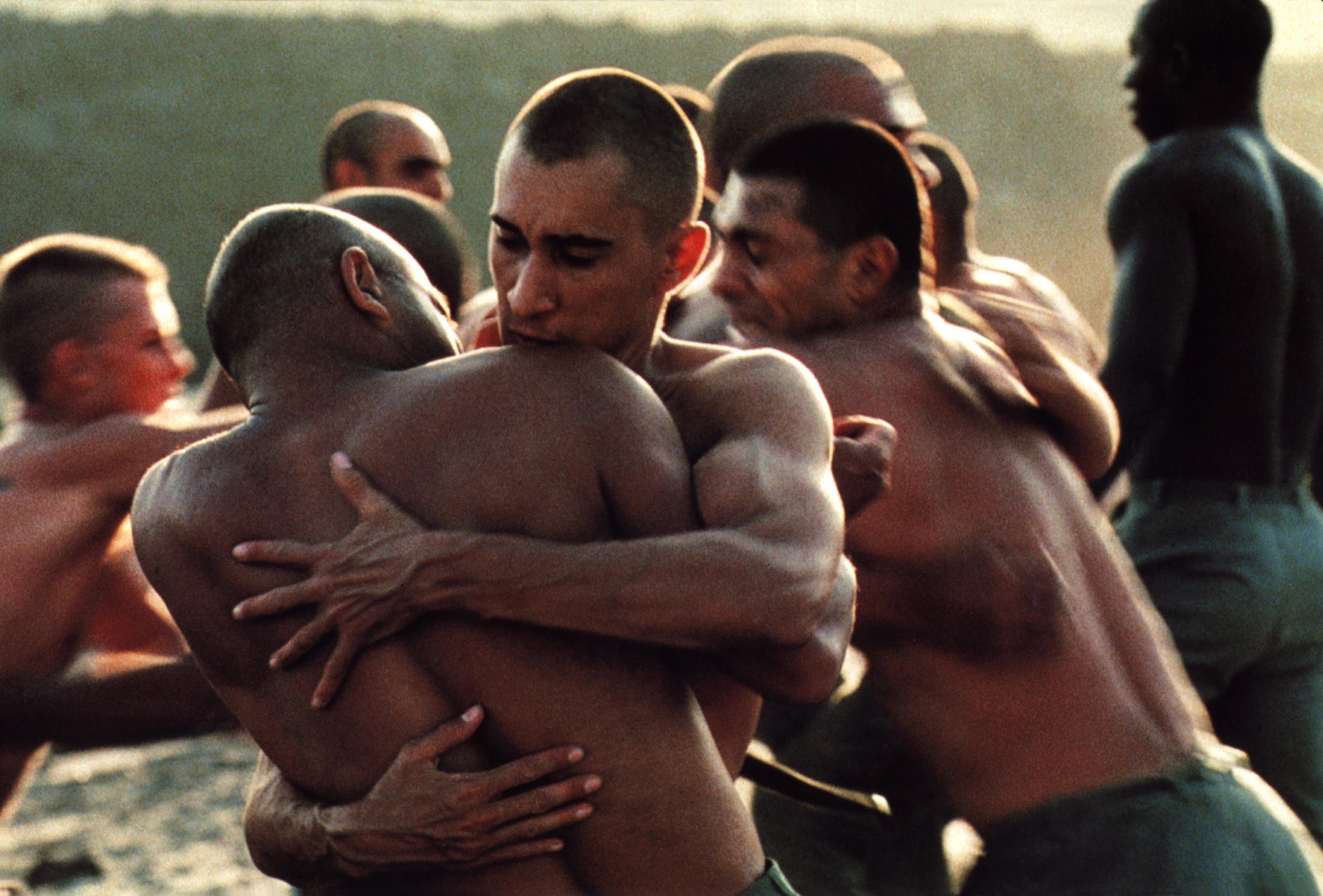
Tackling any director’s body of work is a fun challenge—this whole list could have been populated with great artists whose films are a delight to delve through, such as Martin Scorsese, Andrei Tarkovsky, and Wong Kar-wai. Denis is one such great pick: She’s among France’s most exciting contemporary voices, having pushed the boundaries throughout her nearly 40-year career. Her debut feature, Chocolat, is a period piece that ran directly at the history of French colonial life in Cameroon; it startled audiences at the 1988 Cannes Film Festival. Denis has been surprising viewers ever since, making harsh yet involving works of drama, satire, and spiky romance. There’s the thoughtful realism of 35 Shots of Rum and Nénette and Boni, bewildering genre movies such as the space-set High Life and the cannibal horror Trouble Every Day, and her transcendent masterpiece Beau Travail, which transposes the action of Herman Melville’s Billy Budd to the French Foreign Legion in Djibouti. There is no “easy” film in her oeuvre, but there’s nothing boring, either—and Denis, still working in her late 70s, has shown no interest in slowing down.
Where to start: The best examples of the director’s work are Beau Travail (streaming on Max and the Criterion Channel) and 35 Shots of Rum (on Kanopy). After that, move through her filmography from beginning to end.

Much of David Lynch and Mark Frost’s sprawling achievement exists on television, and Lynch himself (usually seen as the primary auteur) stepped away from the show for some periods. But as admirers continue to sift through Lynch’s legacy after his death in January, it’s becoming clearer that Twin Peaks is his most exemplary work. The show has a serialized, soapy premise that hooks the viewer from the first minute; it’s also resolutely uninterested in answering big mysteries in a straightforward manner. Its tale is one to puzzle over for the rest of your life: beautiful, haunting, often hilarious, unforgettable. Plus, if you marathon the entire series—including the beguiling prequel film Fire Walk With Me—you’ll see how Lynch adapted his distinctive aesthetic across three very different visual mediums: network television, arthouse cinema, and prestige cable.
Where to start: Each of the show’s three seasons is streaming on Mubi and Paramount+. Watch Fire Walk With Me (available on the Criterion Channel and Max) right before embarking on Season 3, known as Twin Peaks: The Return.

The best known cinematic “new waves” originate from countries such as France, Romania, and Taiwan—places where artistic explosions happened all at once, in many cases spurred by societal upheaval. But one of the most interesting (and still underexplored) is what’s known as the American “No Wave” movement, which began in the late 1970s. These films are loosely defined by ultra-indie storytelling and inspired by punk rock, glam fashion, and arthouse cinema. Enduring and vital directors such as Jim Jarmusch, Susan Seidelman, and Lizzie Borden came out of this school, along with less heralded figures such as Jamie Nares and the team of Scott B and Beth B.
Where to start: Begin with Smithereens, a 1982 indie from Seidelman that follows a narcissistic young woman tearing through New York and Los Angeles in search of their disappearing punk scenes; it’s streaming on the Criterion Channel and Max. From there, investigate the rest of Seidelman’s filmography, then check out Abel Ferrara’s early, grimy works (such as The Driller Killer) and Jarmusch’s beginnings (starting with Permanent Vacation).
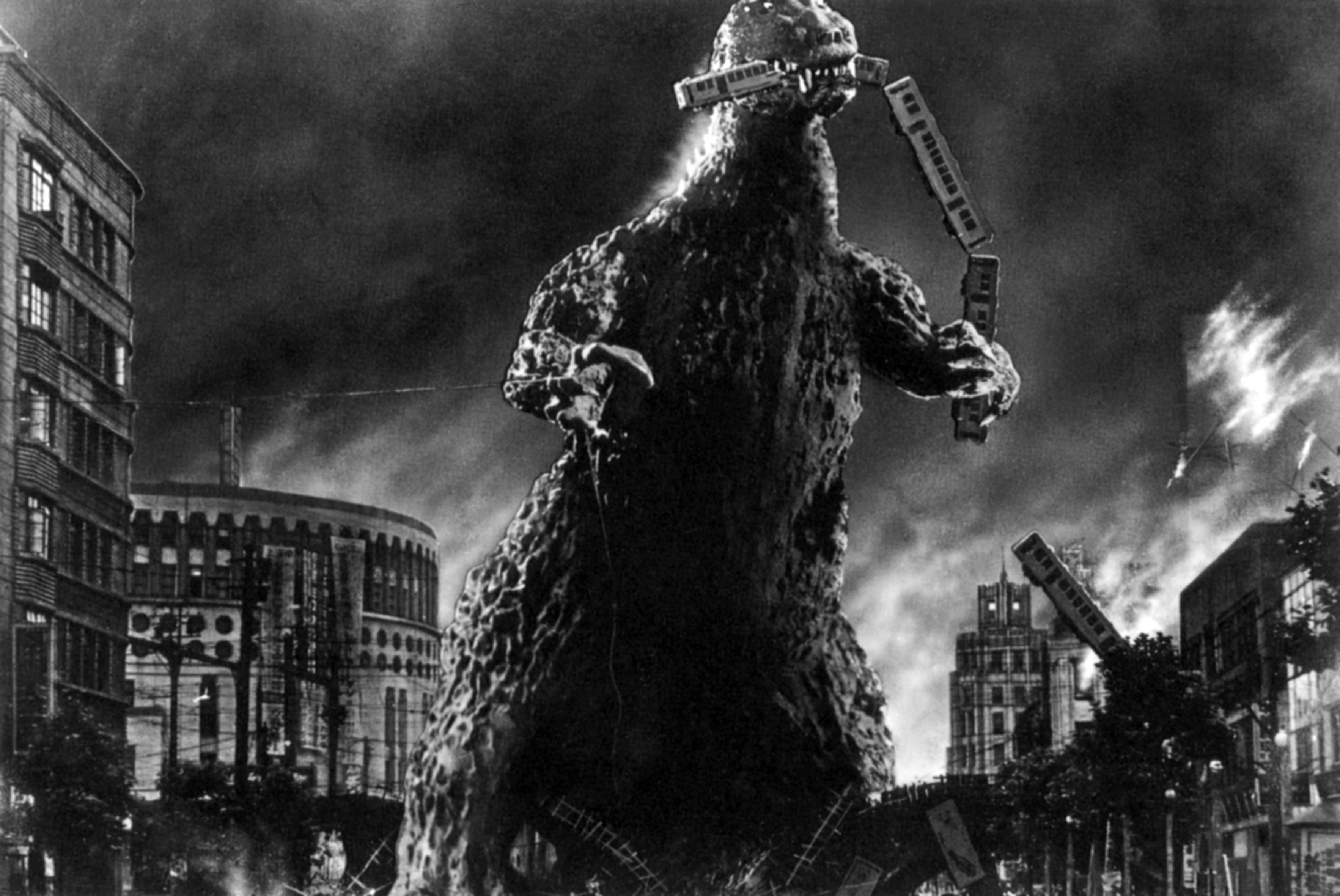
Searching for a sprawling genre franchise that doesn’t involve caped American superheroes or a British secret agent? Look no further than Godzilla, starting with the original stretch of 15 films released during the Shōwa era. The experience of plowing through these early films in the character’s history is strange and delightful; it’s also, thanks to the Criterion Collection’s recent efforts, a beautiful one. The Godzilla movies changed over time from raw and frightening reckonings with post-nuclear Japan (in the form of a giant monster) to more fun and cartoonish outings, an evolution this specific period exhibits. Yet even at the franchise’s silliest, it maintains a consistent focus on visual flourish and dizzying new monster designs.
Where to start: Begin with 1954’s Godzilla. The other biggest highlights of the classic period are Mothra vs. Godzilla; Ghidorah, the Three-Headed Monster; and the final installment, Terror of Mechagodzilla. All of them are streaming on the Criterion Channel and Max.
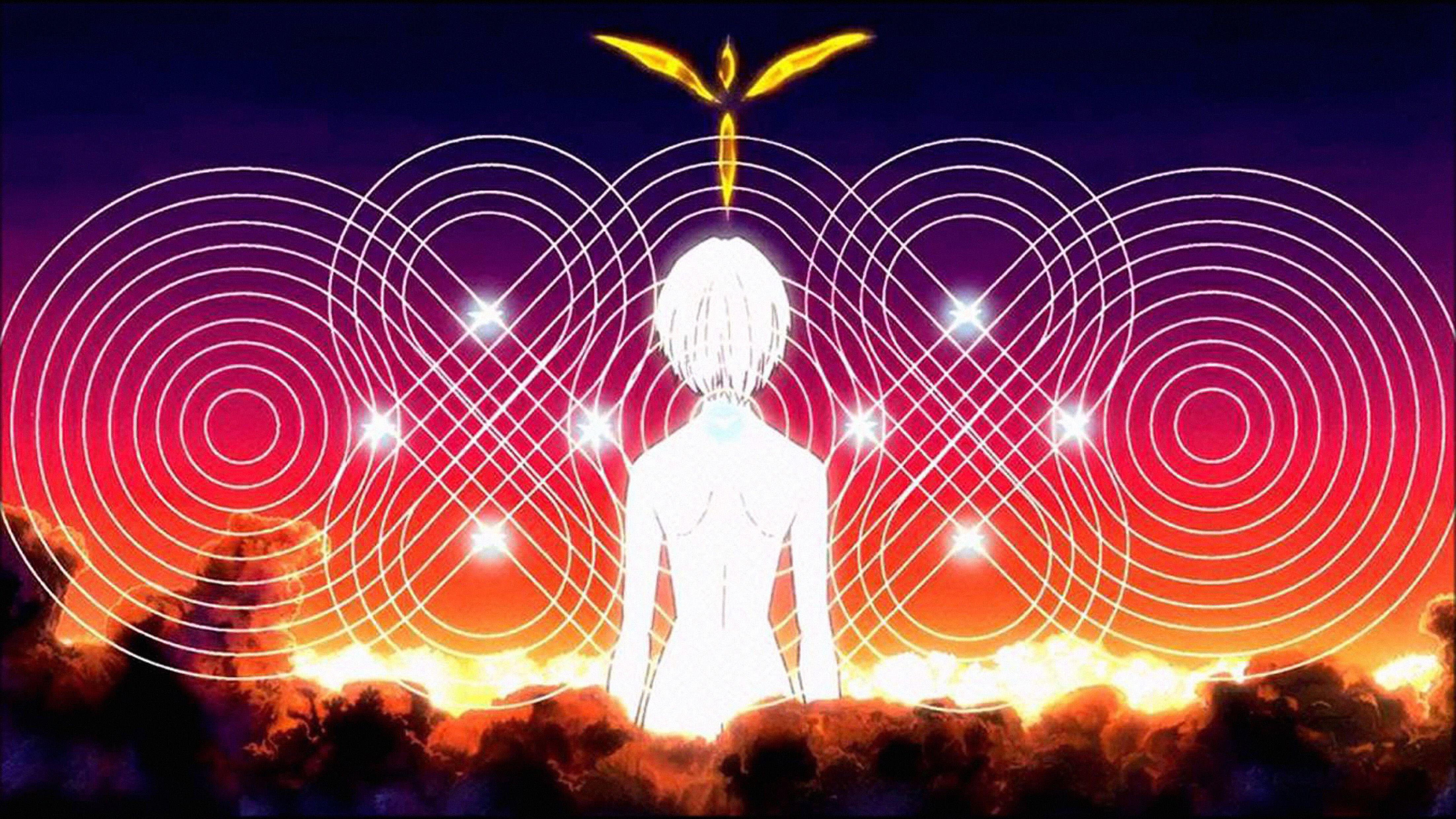
Digging into the world of anime is just about the most daunting viewing project imaginable: Alongside hundreds of films, there are seemingly countless series. These shows are also usually made up of hundreds or even thousands of episodes, and it can be very difficult to know which ones to check out. Neon Genesis Evangelion is regarded as among the medium’s most defining franchises, but it isn’t exactly breezy viewing: The story is dark, cataclysmic, and intent on deconstructing the clichés of the “mecha” subgenre, in which teenage heroes pilot giant robotic suits to do battle with some epic threat. But there is nothing quite like this surreal, heady piece of science fiction, which is why it’s endured so powerfully since premiering in 1995. Evangelion is also relatively digestible, with just 26 episodes in its original run—though there are also several movies that reimagine the show’s controversial finale.
Where to start: With the TV show, which is streaming on Netflix. The first full feature in the series, The End of Evangelion, is essential viewing (and also on Netflix). Approach the four later movies with more caution: Known as the Rebuild of Evangelion, they’re a mix of recaps and bizarre narrative twists. (They’re streaming on Prime Video.)
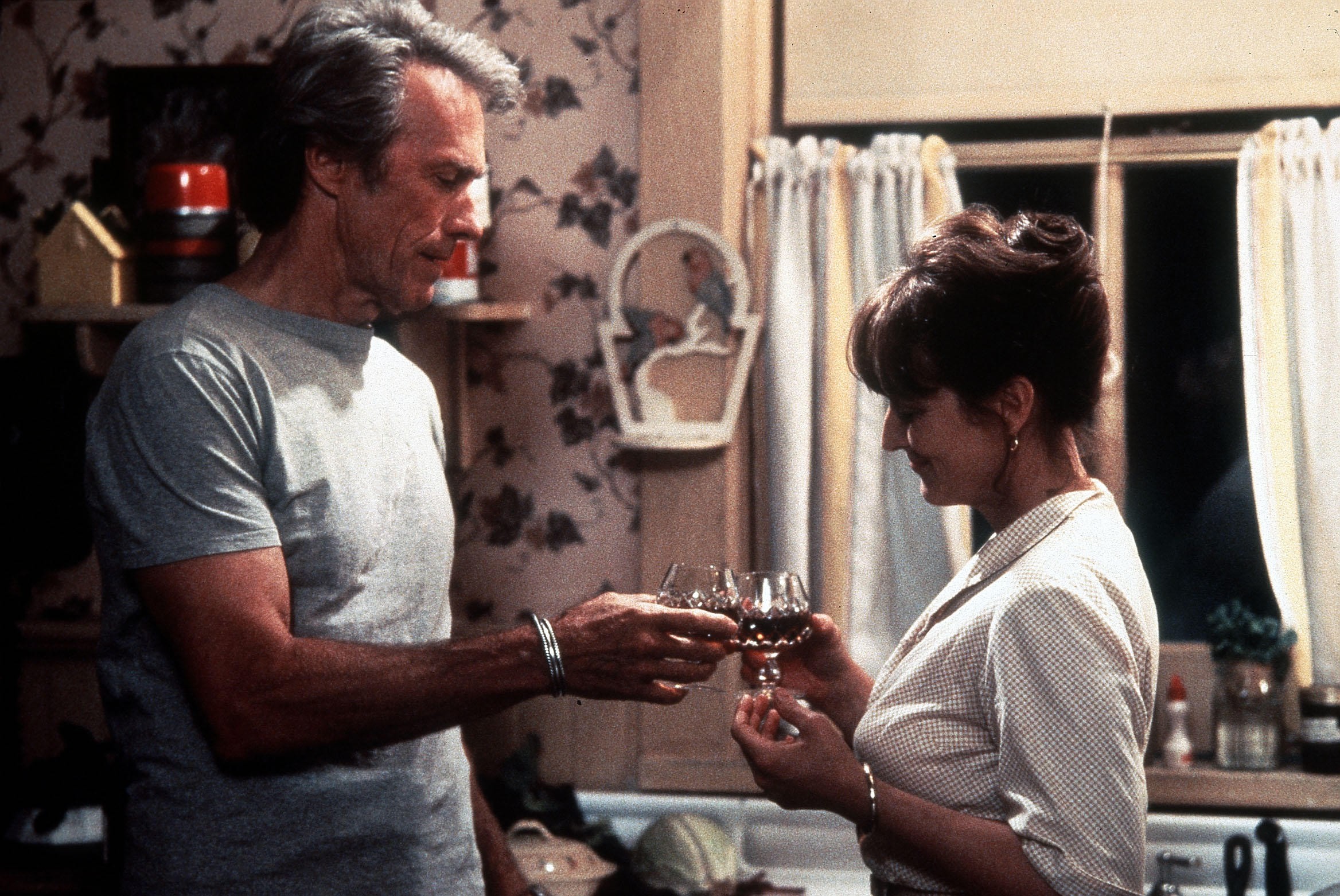
Working your way through the 40 films directed by Eastwood is a time-consuming but rewarding enterprise. Not only is he one of America’s most iconic actors; he’s also a two-time Academy Award winner for directing. Nonetheless, he remains somewhat unheralded for his cinematic eye. His movies span genres and tap many of the great performers of their era, while also offering a healthy mix of vehicles for himself—both those in which he’ll often play flawed but charismatic antiheroes, and truly complex departures.
Where to start: Make sure to watch Bird, Unforgiven, The Bridges of Madison County, and Letters From Iwo Jima if you want to view only a handful. (Iwo Jima is streaming on Prime Video; the other three are available to rent or purchase.) But even his most minor works have something special to offer; progressing through the entire oeuvre from his debut (1971’s Play Misty for Me) onward is a real delight.
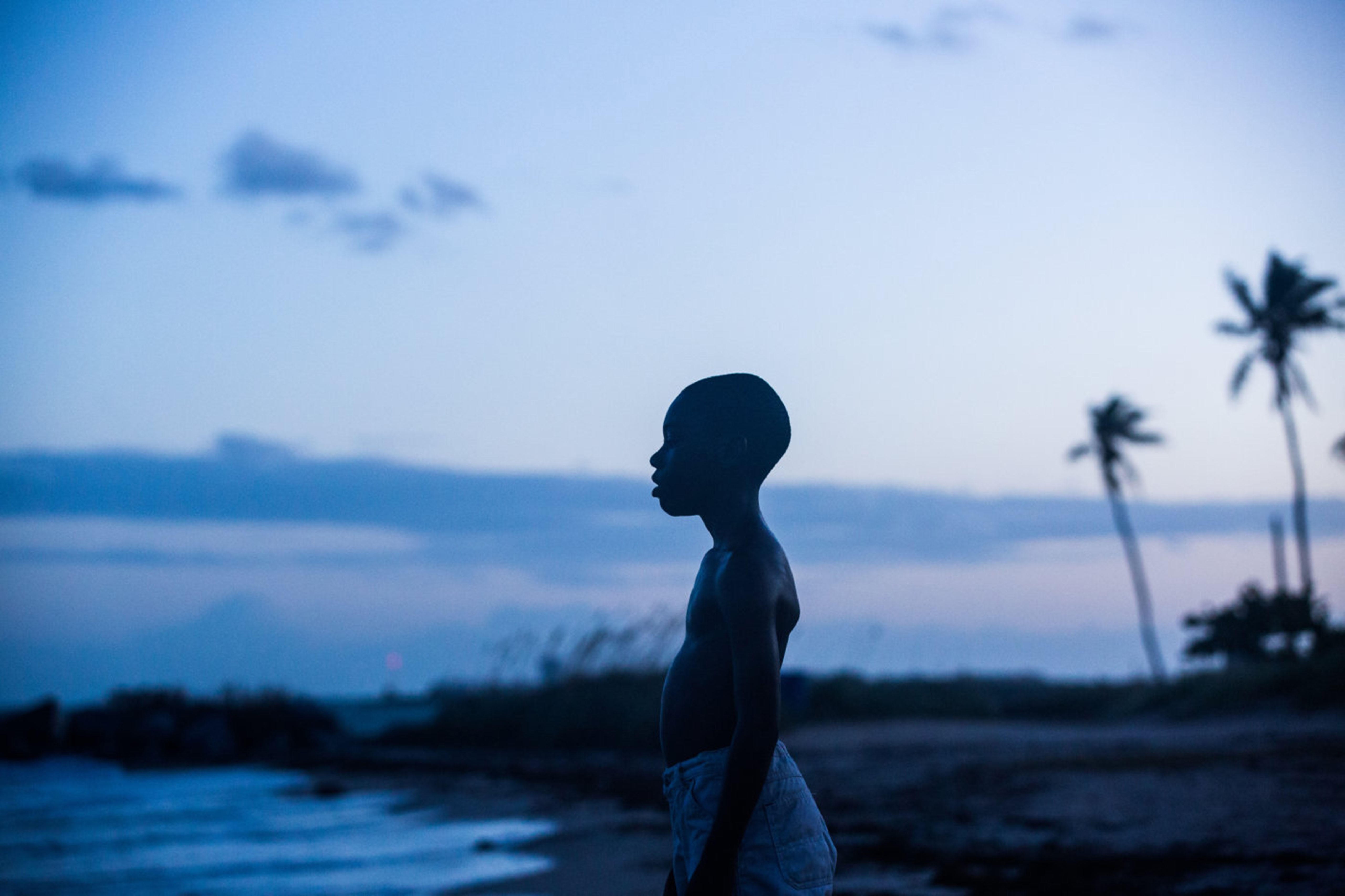
The 98 winners of the Academy Award for Best Picture are not the 98 best films ever made. A few are downright bad; others are watchable, if forgotten, bits of above-average entertainment. The list includes some undersung gems and, of course, some obvious classics. But watching every Best Picture winner is an incredible way to survey Hollywood’s history: its booming golden age, which produced classics such as It Happened One Night and Casablanca; revolutionary moments in film storytelling ranging from kitchen-sink drama (Marty) to something far more lurid (Midnight Cowboy); a run of masterpieces in the ’70s, followed by the gaudy ’80s and the disjointed ’90s. Though the Academy is often late to cinematic trends, the voting body’s choices offer a way to understand how those styles will eventually reverberate through mainstream culture. Plus, you’ll catch a bunch of interesting movies in the process.
Where to start: They’re all listed here. Starting at the beginning, with 1927’s Wings, might be a tall order; that film and some of the other early winners are truly forgettable. It might be wiser to move backwards in time, filling in gaps in your personal-viewing history and catching up on classics you may not have seen.
The post The Best Way to Watch Movies This Summer appeared first on The Atlantic.




